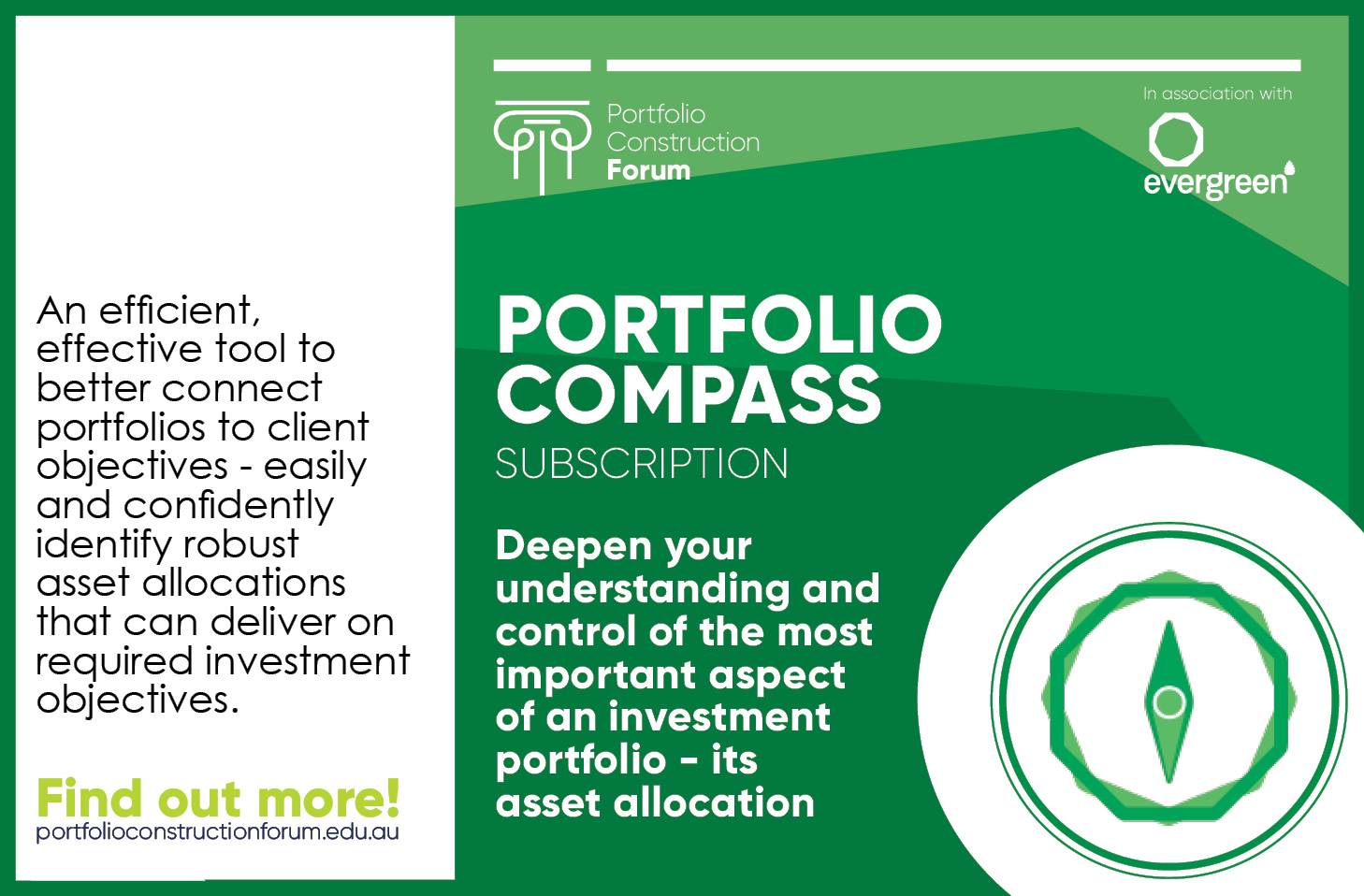Finance for normal people - how investors and markets behave
Meir Statman | Santa Clara University | 10 January 2021 | 0.50 CE
The first generation of behavioural finance, starting in the early 1980s, largely accepted standard finance’s notion of investors’ wants as “rational” wants - mainly high wealth. That first generation commonly described people as “irrational", misled by cognitive and emotional errors on their way to their rational wants.
The second generation of behavioural finance describes investors, and people more generally, as “normal" neither “rational” nor “irrational.” We use shortcuts and sometimes commit errors on our way to satisfying our wants. And we are u...







